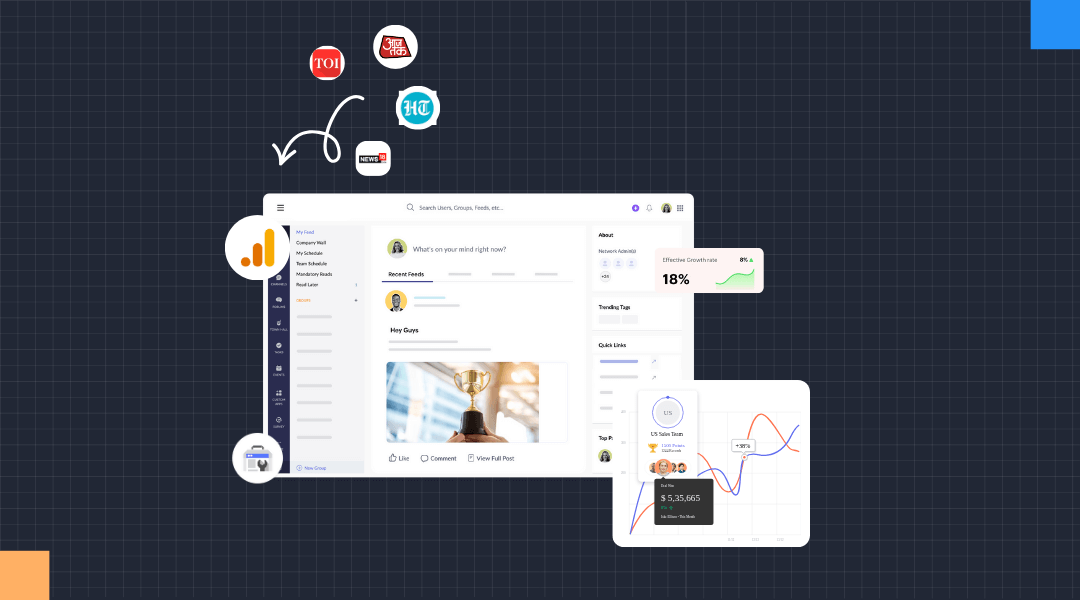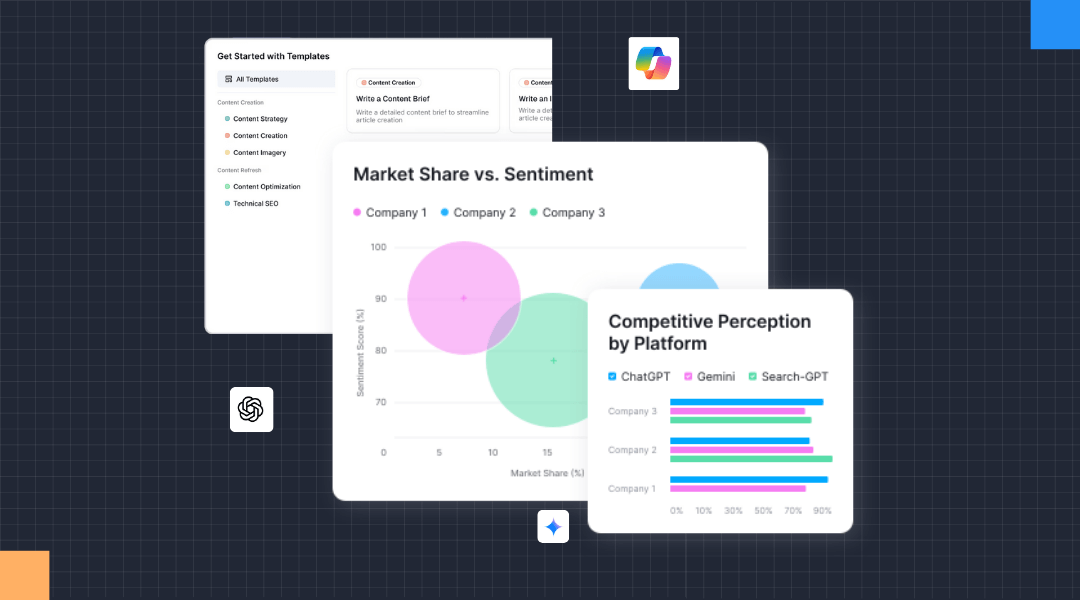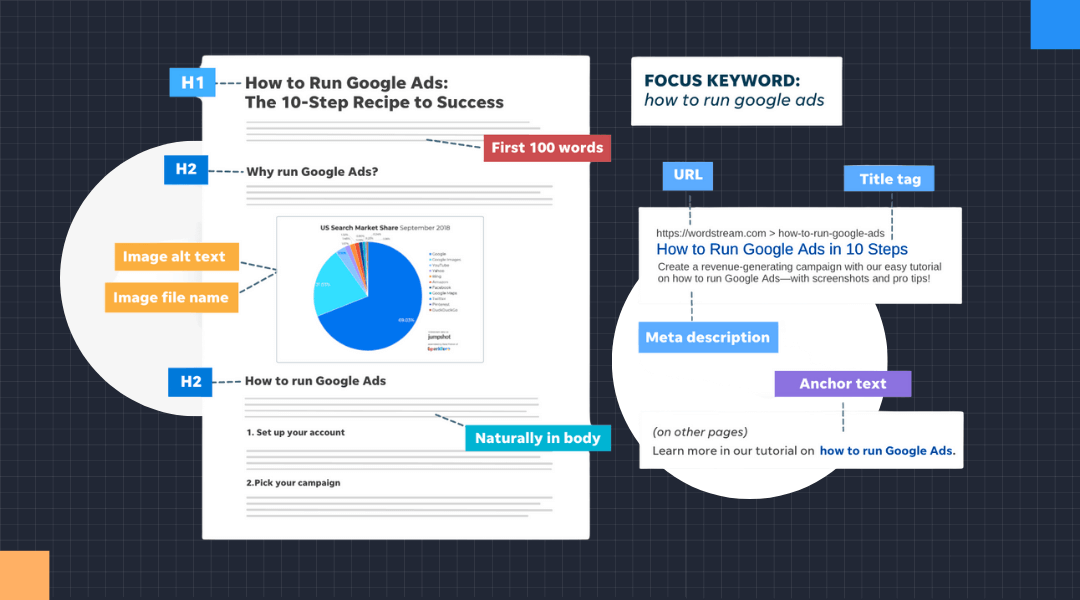Let’s get one thing straight:
Most of what you’ve been told about “link building” is wrong.
And frankly, it’s dangerous.
For years, the game was simple: get as many backlinks as possible. It was a quantity game. People used PBNs, comment spam, and shady directories to get thousands of low-quality links.
Here’s the deal:
In 2026, that strategy is a ticking time bomb.
A single bad link can neutralize 100 good ones. And a Google penalty can wipe out your business overnight.
So, what’s working NOW?
It’s a new game. It’s not “link building” anymore. It’s “authority building.”
In this new era, your off-page SEO has one goal: to prove to Google (and its AI) that you are a legitimate, trustworthy, and authoritative entity.
In this guide, I’ll show you the exact, safe, and powerful off-page SEO strategies our team at seoagency.in is using to build unassailable authority for our clients.
Let’s dive in.
Chapter 1: The New Foundation: From Backlinks to E-E-A-T
First, we need to completely reframe the goal.
The old goal was to get a link.
The new goal is to earn a signal of trust.
Backlinks are still the most powerful signal, but why they are powerful has changed. Google’s algorithm is now built on E-E-A-T (Experience, Expertise, Authoritativeness, Trustworthiness).
It’s not just asking, “Does this page have links?”
It’s asking:
-
“Who is linking to this page?”
-
“Is that source a real authority?”
-
“Is the link relevant?”
-
“Does this brand get mentioned by other trustworthy entities?”
This is why one single, editorially-given link from a major industry publication is worth more than 1,000 links from spammy, irrelevant blogs.
Your entire off-page strategy must shift from “How can I get more links?” to “How can I prove I am a trustworthy authority?”
Chapter 2: The Core Strategy: Digital PR (This is 90% of the Game)
If you remember ONE thing from this guide, make it this:
Digital PR is the new link building.
It’s the safest, most scalable, and most powerful way to build the kind of authority that dominates in 2026.
What is Digital PR? It’s the process of creating valuable, newsworthy, or insightful content and promoting it to journalists, bloggers, and industry publications.
Instead of emailing someone, “Hey, can I have a link?” You email them, “Hey, I just published a new data study that found [insert shocking statistic]. Thought your readers might find it interesting.”
See the difference?
You’re not asking for a link. You’re providing value. The link is the natural byproduct of your valuable content.
Why it works:
-
It Earns High-Authority Links: You get links from news sites and top-tier blogs that you could never get with traditional methods.
-
It Builds Your Brand: You get your brand name in front of a massive, relevant audience.
-
It Drives Real Traffic: These links actually get clicked, sending you high-quality referral traffic.
Chapter 3: Actionable Digital PR Strategy: The “Data-Driven” Content Technique
This is one of our favorite in-house techniques for generating high-authority links at scale.
It works by turning your brand into a primary source of data.
Here’s the 4-step process:
Step 1: Find a “Data Gap” in Your Industry Look for topics where the data is old, non-existent, or just plain boring.
-
Run a simple survey of your customers or email list.
-
Analyze your own internal data for interesting trends.
-
Aggregate and simplify complex data from government or academic sources.
Step 2: Publish Your Findings Turn your data into a compelling, visually appealing blog post.
-
Use bold charts and graphs.
-
Include a “Key Stats” box right at the top.
-
Write a clear headline: “We Analyzed 10,000 E-commerce Checkouts. Here’s What We Found.”
Step 3: Find Your “Linkerati” The “Linkerati” are people who are likely to link to your content. Who are they? Journalists and bloggers who have written about this topic before.
Use a tool like Ahrefs or Semrush to find articles on your topic. See who wrote them and who linked to them. Build your promotion list.
Step 4: Promote Your Content This is the critical step. Reach out to the people on your list with a simple, non-pushy email.
Here’s a proven template:
Subject: New Data on [Your Topic]
Hi [Name],
I saw your article on [Similar Topic], it was great.
I was looking for stats on this myself and couldn’t find any, so my team just published a new study after analyzing [Your Data Source].
One of our key findings was that [Insert Shocking Stat].
You can see the full study here: [Link]
Might be worth a mention if you’re writing on this topic again.
Cheers, [Your Name]
That’s it. You’re providing value, not begging. This technique is how we build the kind of links that competitors simply can’t replicate.
Chapter 4: The Underrated Power of “Podcast Linking”
This is one of the easiest ways to build high-authority links and E-E-A-T at the same time.
Here’s the process:
-
Find popular podcasts in your niche.
-
Pitch yourself as an expert guest to talk about a specific, valuable topic.
-
When you appear on the show, the host will create a “show notes” page on their website.
-
On that page, they will link back to your website.
Why this is a 2-for-1 Win:
-
The Link: You get a high-quality, relevant link from an authoritative site.
-
The E-E-A-T: You are being publicly validated as an expert by a trusted third party. Google (and AI) can connect your name and brand to this appearance, massively boosting your E-E-A-T signals.
Chapter 5: Off-Page Signals That AREN’T Links
This is the final piece of the puzzle.
In 2026, Google’s algorithm is smart enough to understand your authority even without a direct link.
These are the off-page signals that top agencies focus on:
1. Unlinked Brand Mentions If a major news site mentions your brand name (“seoagency.in“) but doesn’t link to you, does it count? Yes. Google’s algorithms are smart enough to associate that mention with your brand, and it acts as an implied link and a powerful authority signal. This is a huge part of Digital PR.
2. Online Reviews Your review profiles on sites like Google Business Profile, G2, Capterra, etc., are critical off-page signals. They are a direct, public measure of your Trustworthiness (the “T” in E-E-A-T). A strong review profile is a powerful ranking factor, especially for local and B2B services.
3. Entity & Knowledge Graph This is advanced, but crucial. Google doesn’t just see “keywords” anymore. It sees “entities” (people, places, things, brands). Your goal is to have Google understand your brand (seoagency.in) as a trusted entity. How? By having a consistent presence across the web:
-
Your website
-
Your Google Business Profile
-
Your social media profiles (especially LinkedIn)
-
Your mentions in news articles
-
Your appearances on podcasts
-
Your company’s structured data
When all these off-page signals connect, you don’t just rank—you become the entity that Google trusts as the definitive answer.
Conclusion
Off-page SEO is no longer a volume game. It’s an authority game.
Stop chasing low-quality links.
Start building a real, defensible, and trustworthy brand.
Focus on Digital PR to earn links, use podcasts to build your personal E-E-A-T, and manage your off-page signals (like reviews and mentions) to prove your trustworthiness.
That is how you build a “competitive moat” that will protect your rankings for years to come.


